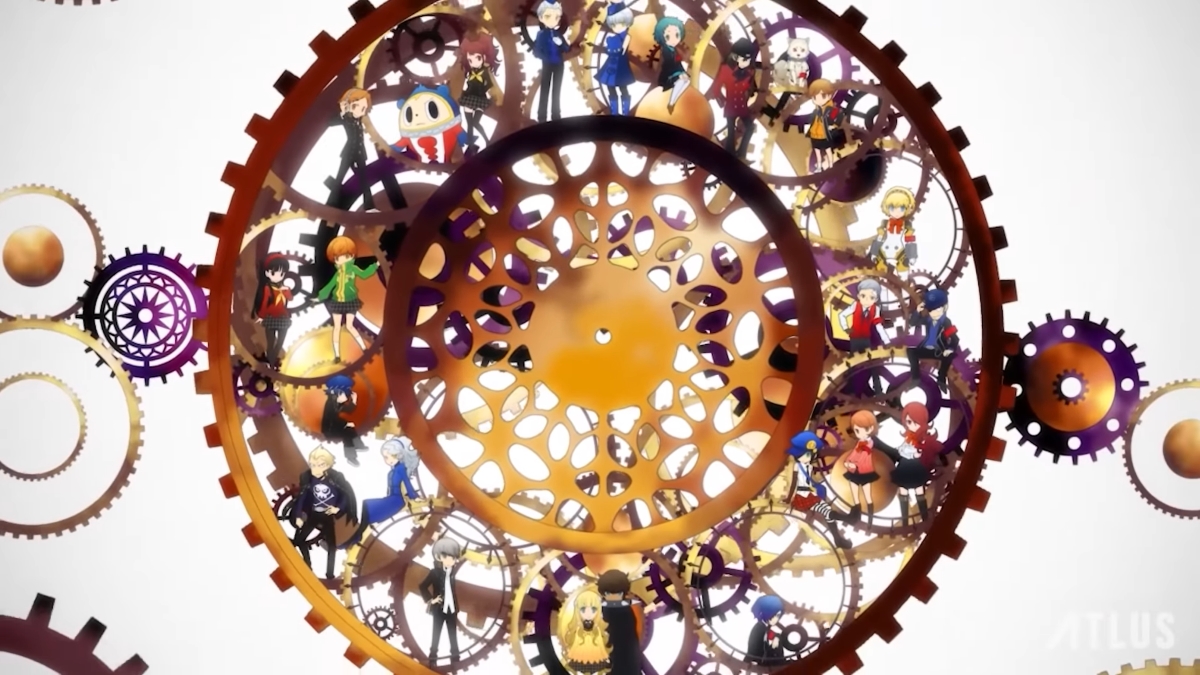The Shin Megami Tensei spin-off series is chockful of games for fans to play. But when it comes to canon, what Persona games count and what don’t?
Launching in 1996, Persona has become synonymous with providing fantastic entertainment, whether through its typical RPG gameplay or through different genres (dancing, anyone?). Each mainline game, with its subsequent spin-offs, feels like its own thing. Well, in actuality, they’re all connected to each other. While not in huge ways, all Persona games are canon.
Warning: There will be story spoilers for the Persona games within this article.
Canon Fodder

In terms of certified lore, it’s safe to say all mainline games are canon. Revelations: Persona starts the canon and then moves on to Persona 2: Innocent Sin and Persona 2: Eternal Punishment. As, unfortunately, no remakes or rereleases on those titles exist, those are the set entries. With that said, Persona 3 FES, Persona 4 Golden, and Persona 5 Royal are the canon versions of their respective stories.
The spinoffs do make things complicated, especially the Persona Q titles. However, many involve memory-wiping to explain their absence in the main plots. The wiping is courtesy of the Velvet Room, which appears in every Persona title. This also occurs in Persona 3: Dancing in Moonlight and Persona 5: Dancing in Starlight. Therefore, playing the spin-offs, while they can be fun, doesn’t contribute to the overall lore.
With the spin-offs, they usually happen during the game’s timeline. For example, the recent strategy spin-off Persona 5 Tactica happens after Shido’s palace but before graduation. These canon choices occur so it doesn’t mess too much with the already-established context. There are games that are sequels to their respective titles and those impact the canon.
Persona 3 and Persona 4 come together in Persona 4 Arena and Persona 4 Arena Ultimax canonically within the timeline. Characters like Akihiko and Aigis from Persona 3 return, though they are aged in relation to the fighter’s place on the timeline. After that, Persona 4 got another sequel in Persona 4: Dancing All Night, though nothing from Ultimax is brought up. For Persona 5, Strikers acts as a sequel, as the game takes place half a year after the ending. The game isn’t a sequel to Royal, as both games were in development simultaneously and, therefore, didn’t mesh. However, the timelines still make up, as Strikers happens after graduation while Royal‘s third semester occurs before then. Tactica also fits neatly within the established P5 timeline.
Persona 3 FES may be unseated as the canon choice once Persona 3 Reload comes out on February 2, 2024. Said to adapt the base game’s story, it’s safe to assume this will be Atlus’ definitive version of the 2006 cult classic if our first impressions are anything to go by.






